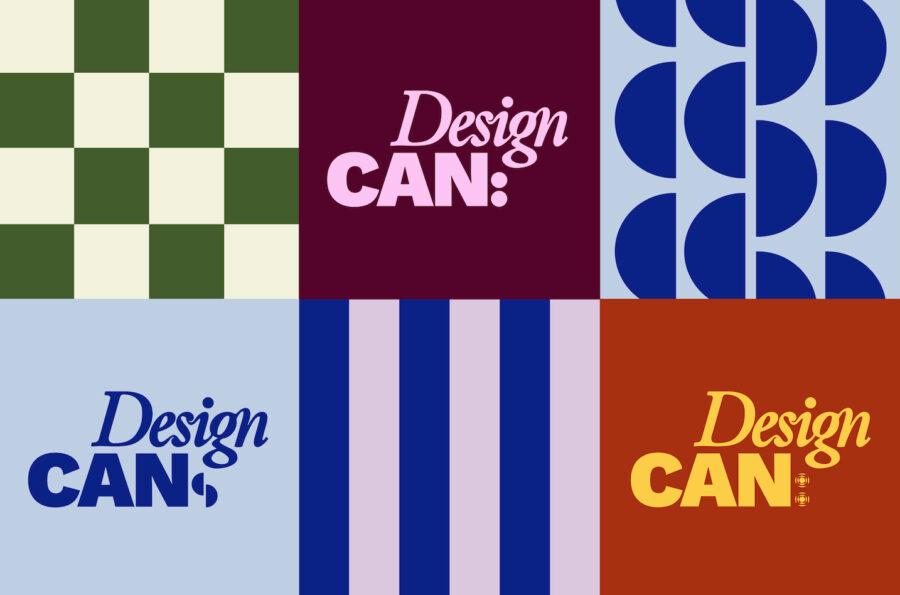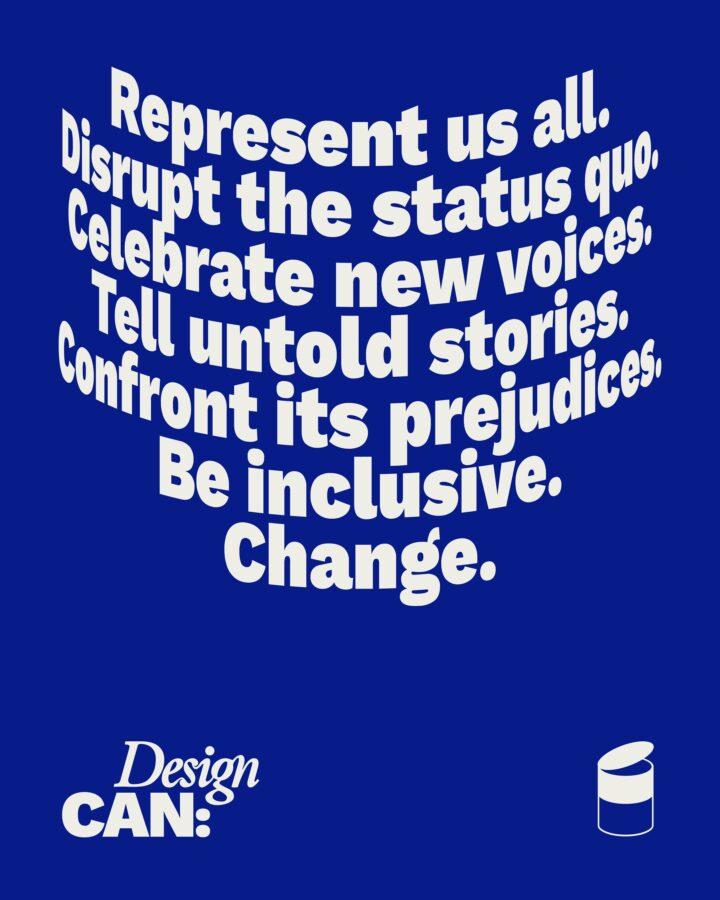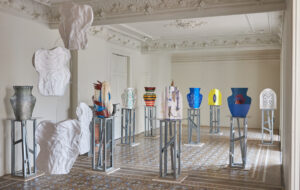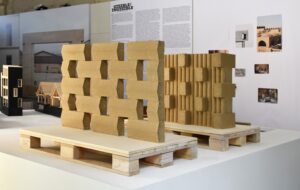Don’t let fear of getting it wrong stop you from trying to do the right thing, says Design Can, a community and active resource platform calling for an inclusive and representative creative industry
 Visuals courtesy of Design Can
Visuals courtesy of Design Can
Words by Bisila Noha
It was just over three years ago that Design Can launched. At the time, the plan was simple – to take years of frustrated conversations about the lack of diversity and inclusion within the design section and turn it into a plan of action. Our campaign led with a demand for the industry to confront its own prejudices, eliminate discrimination and actively champion representation at all levels. Numerous conversations followed. Some public, many in private.
Many of the issues initially seemed blindingly obvious to us from the get-go. Of course workplaces should reflect the diversity of the world around them. How else can design claim to help people if it is deeply out of touch with society? But as our conversations continued, we realised how many blindspots existed in our thinking. The language we use is constantly shifting. Our awareness about other challenges keeps expanding.
Design Can is intended to be a sympathetic yet passionate force. While we would never back down from what we believed, we welcome those in who wanted to help. A lot of our activity is about accumulating evidence and useful explainers. Our Resources page collects insightful articles and spotlights inspiring people.
 Visuals courtesy of Design Can
Visuals courtesy of Design Can
Our Report made a compelling, data-led case for our arguments. As lockdown restrictions began to ease, we doubled our efforts to connect people. We launched a Jobs Board, and hosted mentoring events linking the next generation of design talent with seasoned industry pros. Our Action Hub sessions bring businesses into the conversation.
We had our own moments of learning in 2022. One of our highlights from the year was meeting architect Christopher Laing. An architectural Assistant PII at Haworth Tompkins, Laing is one of the five deaf architects in the UK. His journey as a student wasn’t easy. British Sign Language is his first language which means that extensive reading can be hard work. Adding to that, being the only deaf person in the room can be an alienating experience. ‘There are less resources and fewer points where you can engage with colleagues and peers in practice,’ Laing explained in an interview with Building.
He began collaborating with fellow deaf architect Adolfs Kristapsons to change things. Together, they developed Signstrokes, a project to expand the architectural terms within British Sign Language – a corpus of signs that anyone can use. Since we met Christopher, all Design Can events now have BSL interpreters. Our events were not as accessible as they should have been – and we’re proud to have made the change.
 Visuals courtesy of Design Can
Visuals courtesy of Design Can
Regardless of exactly what we were doing, it came up time and again that these conversations were uncomfortable. Those who ‘got it’ were frustrated with those who didn’t. Many who said they wanted to do something said someone else had more responsibility.
Our report on attitudes within the design industry showed a substantial amount of people were afraid of saying anything at all. Advocating for change is continual effort. It’s OK to feel uncomfortable. We’ve learned that’s a signal you’re heading in the right direction.
Get a curated collection of design and architecture news in your inbox by signing up to our ICON Weekly newsletter
















